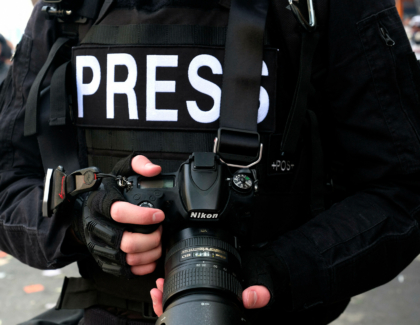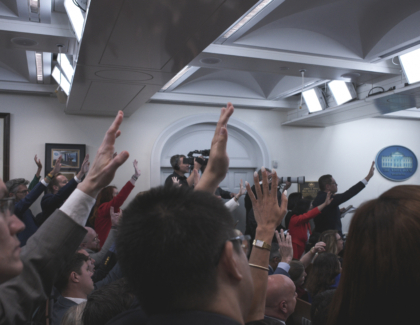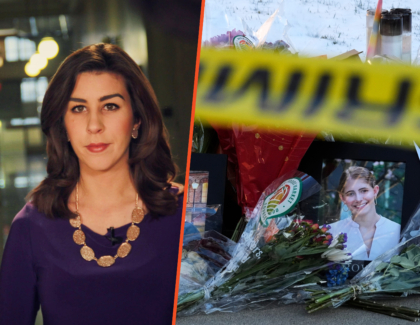Sign up for the daily CJR newsletter.
When Books Went to War: The Stories That Helped Us Win World War II
By Molly Guptill Manning
Houghton Mifflin Harcourt
$25, e-book
Our household boasts a soiled copy of Meyer Berger’s The Eight Million: Journal of a New York Correspondent, a collection published in 1942 of the work of a well-remembered New York Times reporter. But this is not simply an old book; oddly, it is small enough to fit in a shirt pocket; it is wider than it is tall; and it is set in two columns to the page on a paper stock that is . . . not the best. Collectors and oldsters will recognize this little volume as no. 757 among the more than 1,300 titles issued in the 1940s by Armed Services Editions, an unparalleled project generated by the American book industry. In the end, more than 140 million books were printed and distributed gratis to the far-flung United States forces.
Molly Guptill Manning, a writer and lawyer, tells in When Books Went to War how a consortium of publishers came to recognize, as millions entered the armed services, that filling old-fashioned post libraries or even sending batches of new books just would not do. Instead, the effort coalesced around a body called the Council on Books in Wartime, composed of leaders from the publishing industry advised by representatives of the armed forces. The council put the effort into high gear, adopting the cheap but serviceable new format, and churning out and distributing books by the millions. At the same time, it fought off efforts to censor or water down the books.
Manning credits the reading habits instilled by this opportunity with contributing to the success of the education provisions of the G.I. Bill package of veterans’ benefits. She might have mentioned as well the United States Armed Forces Institute, which offered rudimentary college-level courses to members of the armed forces. But this is not to detract from the great flood of reading that came to absorb and distract the millions who begged and borrowed ASE books.
The Polk Conspiracy: Murder and Cover-Up in the Case of CBS News Correspondent George Polk
By Kati Marton
Mark Crispin Miller, editor: Forbidden Bookshelf series
Open Road
$9.99, e-book
On may 16, 1948, the bound, waterlogged body of George Polk, a troublemaking CBS correspondent in Greece, washed ashore in the bay of Salonika. He had been executed with a shot in the back of the head. Now, more than 65 years later, the case remains troubling, with lingering questions centering less on the individual who might have committed the crime than on larger issues–whether the United States government, in the interest of protecting a Cold War ally, deliberately went along with a political resolution. And further, whether an investigative committee of journalists led by the high priest of American journalism, Walter Lippmann, failed to investigate and instead acquiesced in the results of a staged, and fraudulent, trial. Somehow, the reporting awards created in Polk’s memory, even with their many worthy winners, have not entirely compensated for the Lippmann committee’s sellout.
Kati Marton stands by her charges that Polk was killed because he threatened to expose a right-wing Greek politician.
In her introduction to a new electronic edition of her 1990 book, The Polk Conspiracy, Kati Marton, journalist and historian, makes clear that she stands by her charges that Polk was killed because he threatened to expose a right-wing Greek politician. Moreover, her anger has not cooled: “How could so many American diplomats, war heroes, and celebrated journalists make such a collective Faustian bargain?”
This new edition of The Polk Conspiracy is part of a series called “Forbidden Bookshelf,” which is edited by Mark Crispin Miller of New York University. It was quashed in Greece and the UK; in the US, eventually it fell out of print. Her work remains impressive for the scale and energy of its research. Twenty-four years ago, Marton was able to seek out many of the participants, including Polk’s family and one of the men falsely convicted of the crime. Moreover, she was able to extract valuable materials from previously secret American records to tell her damning story.
There have been at least two other books, and countless articles, devoted to the case. While they may differ in detail and conclusions, most concur with Marton in finding that the trial was tainted and that the murder itself may never be convincingly solved.
Has America ever needed a media defender more than now? Help us by joining CJR today.






